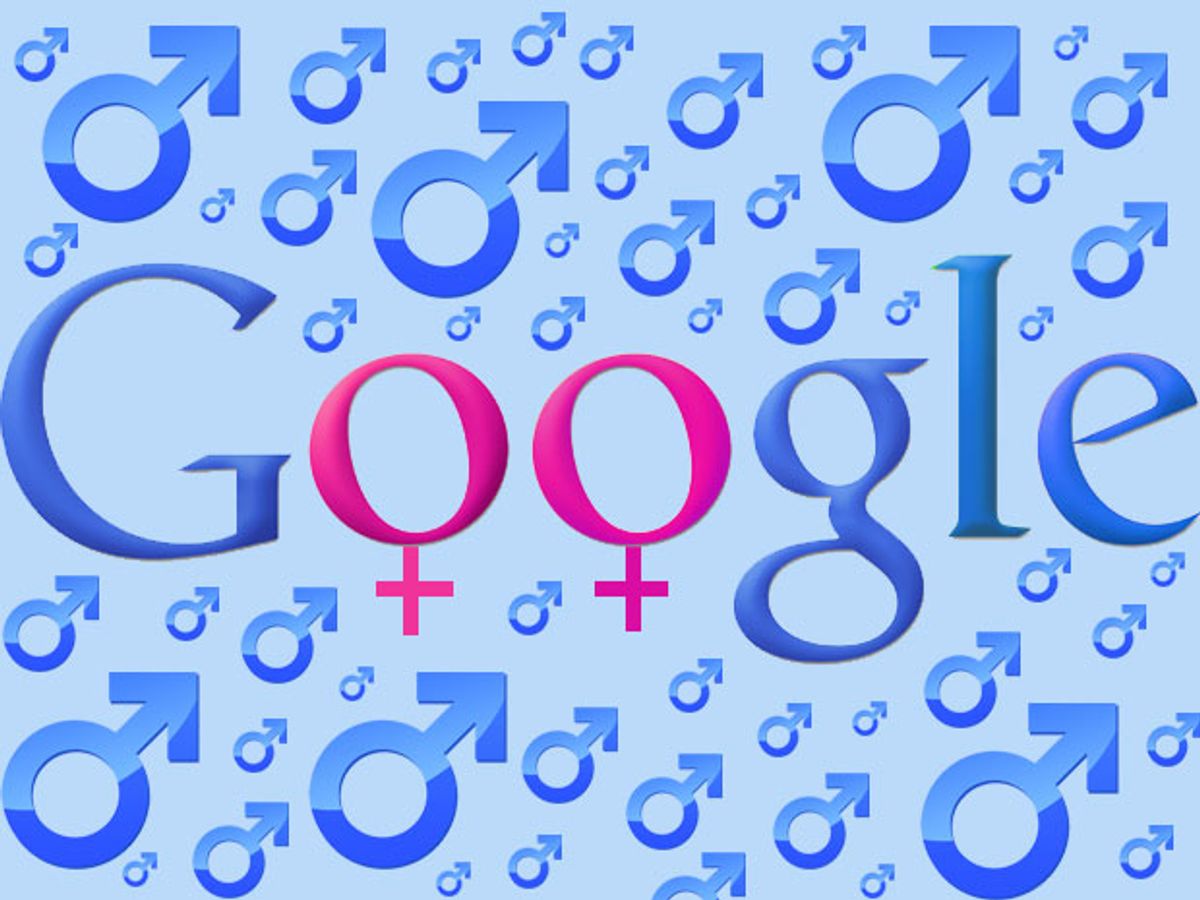After watching a recent episode of the HBO comedy Silicon Valley, one scene kept coming back to me. Says Monica, one of the few female characters on the HBO series, in warning the male founders of fictional startup Pied Piper about the distractions to be faced at an upcoming tech conference: “Normally the tech world is two percent women. Guys, these next three days? Fifteen percent.”
I both cringed and chuckled, because my sense is that 15 percent women attendees at events like TechCrunch is just about right. Pathetic, but accurate.
And that number turned out to be close to the percentage of women working in tech at Google. Google’s tech workforce, the company recently reported, is 17 percent women.
That’s also pretty low. But it’s not surprising. Since the 1980s, the number of women working in computer fields has gone steadily down. According to the organization Girls Who Code, in 1984 women made up 37 percent of all computer science graduates--now the number is down to 12 percent. And that’s in spite of a lot of conversation about efforts to get more women into Science, Technology, Engineering, and Math (STEM) careers, and programs like Million Women Mentors and Tech Trek, along with pink Legos and other “engineering” toys targeted at girls. New ideas include getting girls into coding classes at a young age, as advocated by Valleywag’s Nitasha Tiku.
And getting women technically educated isn’t enough; the mostly male people hiring at tech companies have to embrace the female tech graduates. Outspoken entrepreneur Vivek Wadha pointed out that about 25 percent of today’s pool of software developers are female—and as a prime place to work Google can pretty much take its pick. So what happened to that other 8 percent?
The declining numbers of women working in computing could explain why more and more Silicon Valley tech bros seem to have less and less of a clue about how to behave (and it’s not just that social media means we hear more about bad behavior—there really seems to be more of it going on).
It’s also telling that we have a word like tech bro. I hadn’t even heard the moniker six months ago, now it’s everywhere. It reflects that there are so few women in tech these days that tech companies with young workforces seem like oversized frat houses. Hard to imagine that a fraternity house is an optimum working environment. In fact, it seems that there’s a minimum amount of gender diversity needed to make teams work well. The optimum, according to a 2011 study, is 50 percent, but things don’t have to be optimal to get better than they are today.
So we have statistics showing that diversity is going down and that’s a bad thing. And we have people drawing attention to the problem and that’s a good thing. (I was particularly impressed by a recent statement put out by a group of women in tech, About Feminism.) But though drawing attention to a problem does mean we have a chance to start fixing it, it doesn’t tell us why there’s a problem in the first place, that is, why in recent years has the tech world become more of a male bubble, not less?
Stanford president John Hennessy, speaking at a recent panel, floated one theory: blame videogames.
“Computer science is the sad story of a discipline that became dominated by game culture—shoot as many bad guys as you could—and the number of guys coming into the field grew very fast,” Hennessy said.
But he optimistically believes that the tide has turned: “What has happened now is that social media is the new driver, and that is a technology that a lot of women find more interesting.”
If Hennessy is right, it could mean that the worst is over, and the balance of women in tech will improve, relegating the clueless “tech-bro” to the TV sitcom screen.
Tekla S. Perry is a senior editor at IEEE Spectrum. Based in Palo Alto, Calif., she's been covering the people, companies, and technology that make Silicon Valley a special place for more than 40 years. An IEEE member, she holds a bachelor's degree in journalism from Michigan State University.



